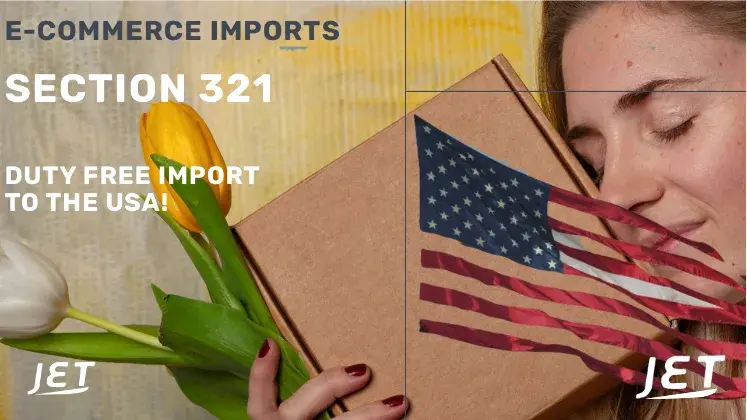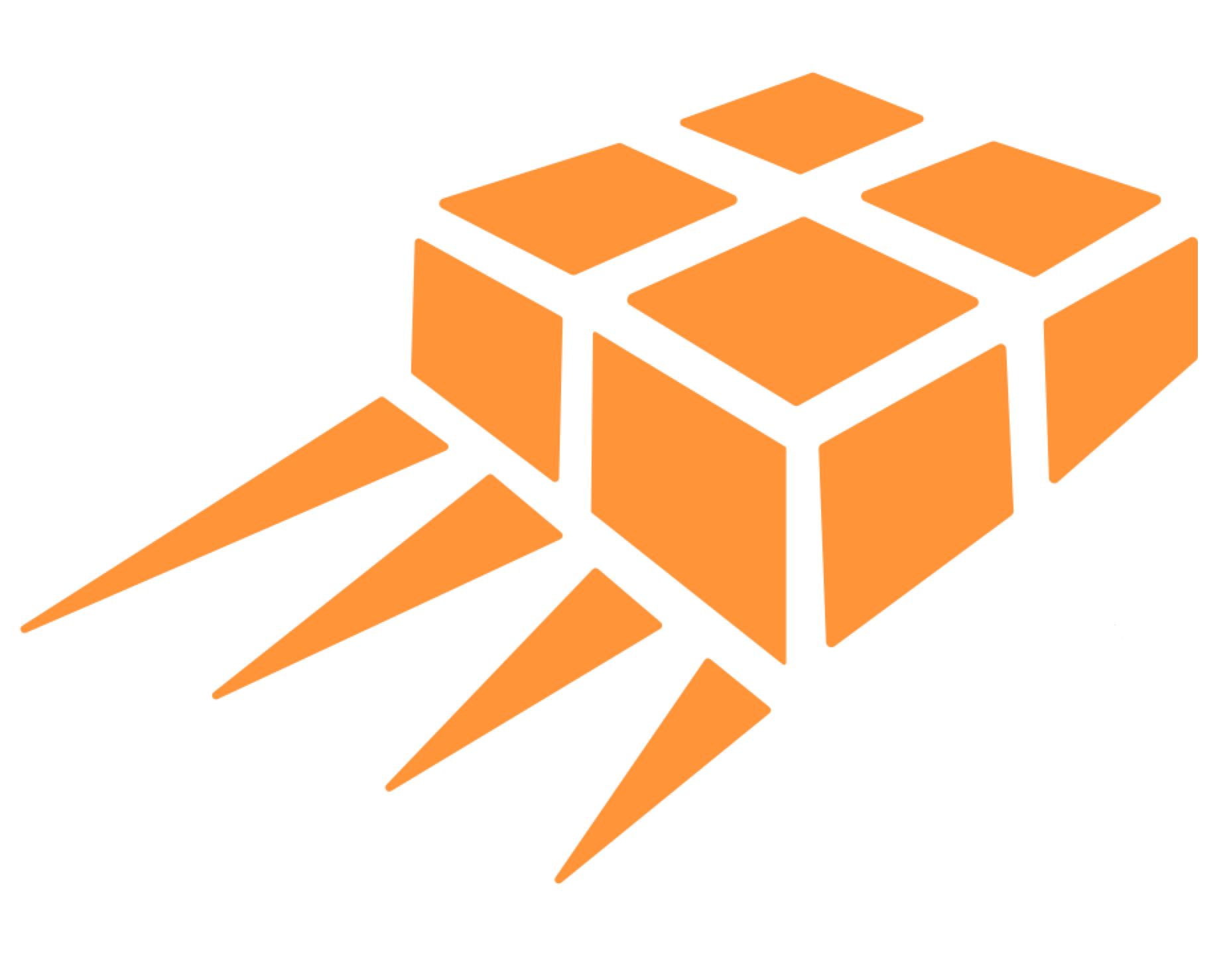
Preparing for Changes to Section 321
Millions of Packages Imported Daily without Proper Control?
At the heart of the argument among those who are proposing changes is that there is simply not enough controls, oversight and/ or reciprocity of trade for millions of parcels imported a daily.
Committee chairman, Rep Blumenauer: “This loophole also makes it easier for people to import illegal goods and harmful products, because there is virtually no way to tell whether these packages contain products made through forced labor, intellectual property theft, or are otherwise dangerous.”
There is also a discussion regarding the huge imbalance between the U.S. de minimus threshold of $800 and that of other countries (Europe €150, UK £135 China $7, Canada $118).
IMPORTANT: 2025 updates to Section 321

Proposed changes to Section 321 include:
- Prohibit Goods Section 321 from Non-Market Economies (i.e. China) and those on Priority Watch List
- Prohibit Certain categories of Goods that may otherwise have been subject to enforcement, oversight, and countervailing duty.
- No allow Section 321 for Offshore Distribution Facilities.
- Require the collection of data (likely to include HS Codes)
- Coordinating practices at each port to ensure a more consistent import process across all ports modes
Watch Video: Section 321 explained
Other Proposals Our Team Considers "workable"
- Require a local importer of record for bulk imports
- Assign 'generic HS codes" for e-commerce imports with specific duty rates
- Have high volume international importers to register with US customs and agree to audits
- Charge a user fee (such as is done via express consignments)
- Charge a tax based on value (similar to value added tax in other countries)
Section 321 Manifest Submission Versus Type 86
Traditionally, section 321 was viewed primarily as a "manifest submission" more than a traditional customs entry. Via traditional processes, a section 321 does not require an H.S. Code (HTSUS). A description, for example of a shoe could be a sneaker, wearing apparel, a brake shoe, auto part, camera shoe, or electronic accessory.... etc.
- The advantage to e-commerce shippers of not having to assign an HS Code is offset by ambiguity and challenges the review processes for regulatory compliance, data collection and oversight by other government agencies (PGA's).
- Type 86 Entry - rather than being a consolidated entry - requires an entry line for every item that facilitates automated process coordinated with the customs brokerage systems.
No matter which Section 321 method is chosen, we are advising shippers and importers to be provide as much detail as possible for the product description and to gain a deeper understanding of HS Codes.

jetworldwide.com






